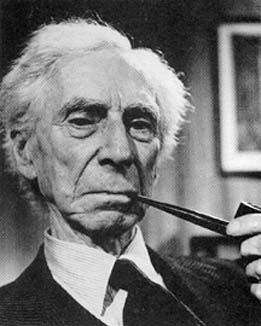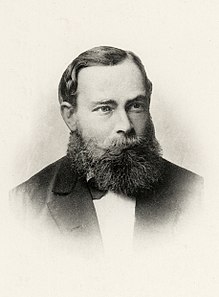A Primer on Formal Logic: Part I of 'Analytic Philosophy'
REVISED: 22 January 2012, 19 FEBRUARY 2012
SARTAJ HUNDAL
Keywords: Frege, Russell, Wittgenstein, Analytic, Logic

I begin this series with a primer on the essential rules of formal logic. These rules are presented in the form of what are called "truth tables", forumlated by Ludwig Wittgenstein in the 20th century. The notion of truth tables arguably originated with Frege, who first defined what it means for a statement to fall under what he called 'The True' and 'The False' ("Begriffsschrift", 1879) As this series unfolds, contributions made to the fields of formal logic and analytic philosophy by Frege and Russell will be included. If this blog can ever profess to be written by 'Philosophers with hammers', then indeed formal logic is the hammer with which our positions are tempered with.
A word of caution.. just because an argument is logical does not make it
reasonable. For example, consider:
(1) If the sun is square, then my cat has claws.
The above sentence (1) can be denoted in the material form:
(2) The sun is square => my cat has claws.
Where "=>" means 'implies' (see Material Implication table below). In this case, it is FALSE that the sun is square, but it is TRUE that a cat has claws. HOWEVER, by definition of the material implication, the entire statement is actually TRUE. It is clear that that (1) is actually completely unreasonable, but by the formal rules is logically sound. In this manner, it is important to understand first that formal logic is a tool to assist us in dissecting and formulating arguments. That said, the ART of formulating a reasonable and logically sound argument is up to the individual in their chosen mode of discourse.
Use these tools wisely.
Symbols:
^ = 'AND', Logical Conjunction
v = 'OR', Logical Disjunction
x = 'XOR', Exclusive Disjunction
~ = 'NOT', Negation, Logical Complement
T or 1 = TRUE
F or 0 = FALSE
In computer science speak, T is denoted as 1, and F is denoted as 0. The reasons for this are underlied by the binary (logarithm with a base of 2) logic circuits which innervate hardware/software interfaces, where any logical expression can be represented by a series of binary "logic gates".
Using these symbols, we can begin to analyze very simple to complex
statements.

Truth Tables (A and B are objects, sentences)
Logical Conjunction
A ^ B
T T T
T F F
F T F
F F T
Logical Disjunction
A v B
T T T
T F T
F T T
F F F
Exclusive Disjunction (AKA xor; the exclusive 'or')
A X B
T T F
F F F
T F T
F T T
Material Implication
A => B
T T T
F T T (Vacuous truth)
T F F
F F F
Biconditional Logical Connective (IFF, If and only if)
A<=>B
T T T
T F F
F T F
F F T



No comments:
Post a Comment